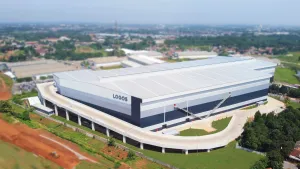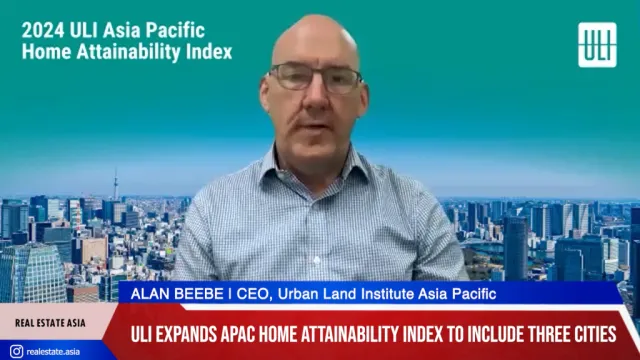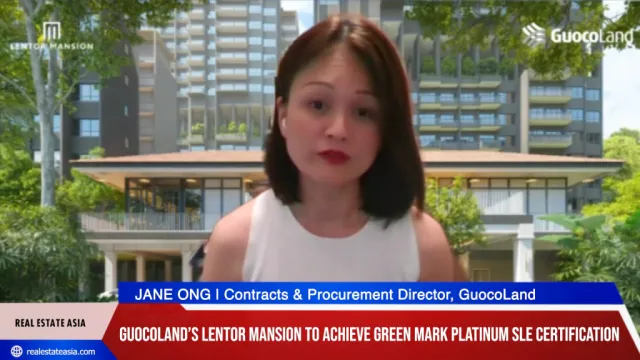
Tokyo residential rents inch up 1.7% in Q3
And average asking rents in the C5W submarket rose 1.5%.
According to a Savills report, average mid-market asking rents in Tokyo’s 23W have rebounded following a slight contraction in the previous quarter, and currently sit at JPY4,052 per sq m.
“Quarterly rental growth was modest at 1.7%, and translated to an annual increment of 3.1%, although some of this increment was attributed to a large number of above-average newly constructed units that entered the market,” the report said.
Here’s more from Savills:
At the same time, hybrid work is still in place and there are uncertainties about further population increments, which should primarily be driven by foreign migration for the remainder of the year. Furthermore, the higher costs of living associated with inflation may cause tenants to be increasingly price-conscious and select locations and units that are more affordable. Hence, investors should be cautious in their optimism when revising rents going forward.
Following last quarter’s plateau, average asking rents in the C5W submarket have grown 1.5% QoQ. Rents currently sit at JPY4,856 per sq m and are 4.2% higher YoY. There was notable variety at the constituent ward level. Chiyoda and Minato saw rents increase by 4.8% QoQ and 1.5% QoQ, respectively, although this was partly caused by a substantial addition of newly constructed units to the market.
Quarterly rental growth was more moderate in Chuo and Shinjuku, rising 0.9% and 0.8%, respectively.
Meanwhile, Shibuya experienced a quarterly decline in asking rents of 0.6%. Overall, annual growth was positive across the C5W, and rents are nearing pre-pandemic peak levels. The C5W saw positive net migration of 4,500 foreign nationals from June to August, which helped offset the decline of Japanese nationals. While the C5W should remain a popular destination for highly skilled workers who can afford the premium in rent, the general population will be more adversely impacted by inflation in the economy, and may opt for more affordable locations. Hence, the recovery of the 23W fundamentals should take some more time.
The South submarket saw a similar uptick in average rents, which grew 1.7% QoQ to JPY4,154 per sq m. The submarket saw YoY growth of 1.7% and has recently gained momentum. Meguro and Shinagawa, which have the closest proximity to the C5W, saw the largest quarterly growth at 4.3% and 1.6%, respectively. On the other hand, Ota experienced a slight QoQ contraction of 0.8%, and Setagaya saw moderate QoQ growth at 1.1%. Rents in Ota and Setagaya wards were stable during the pandemic and even experienced some growth. Overall demand will likely remain stable throughout the South submarket, which is known for its liveability and proximity to the centre of Tokyo.
Get the full report here.




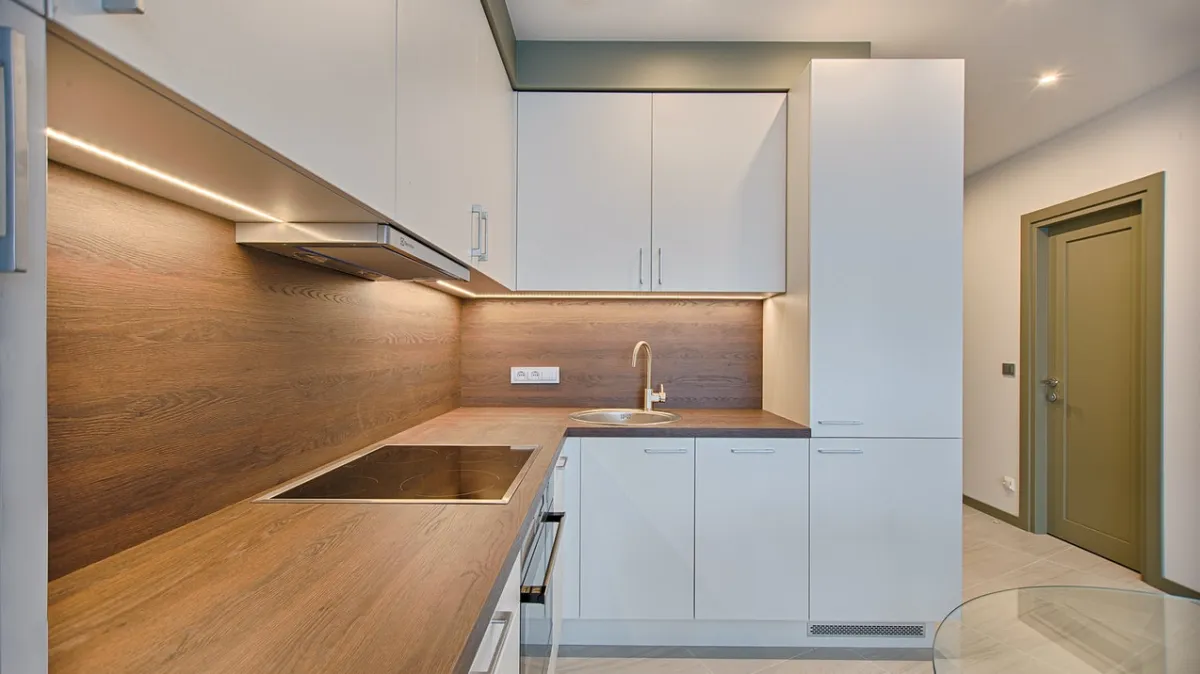

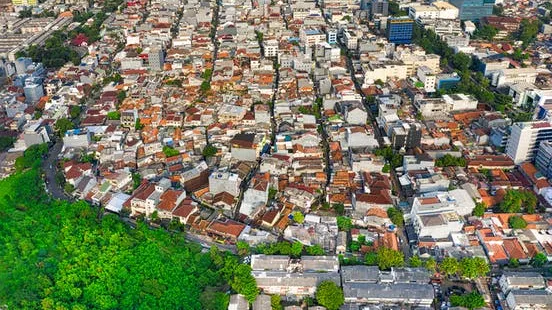
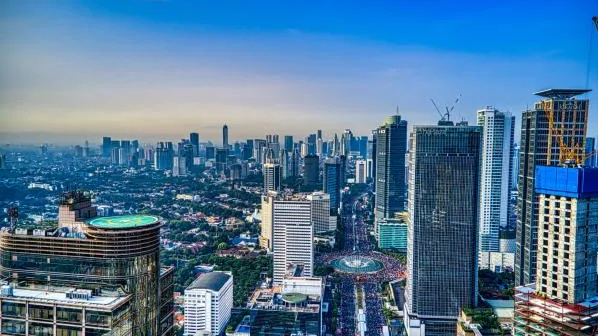
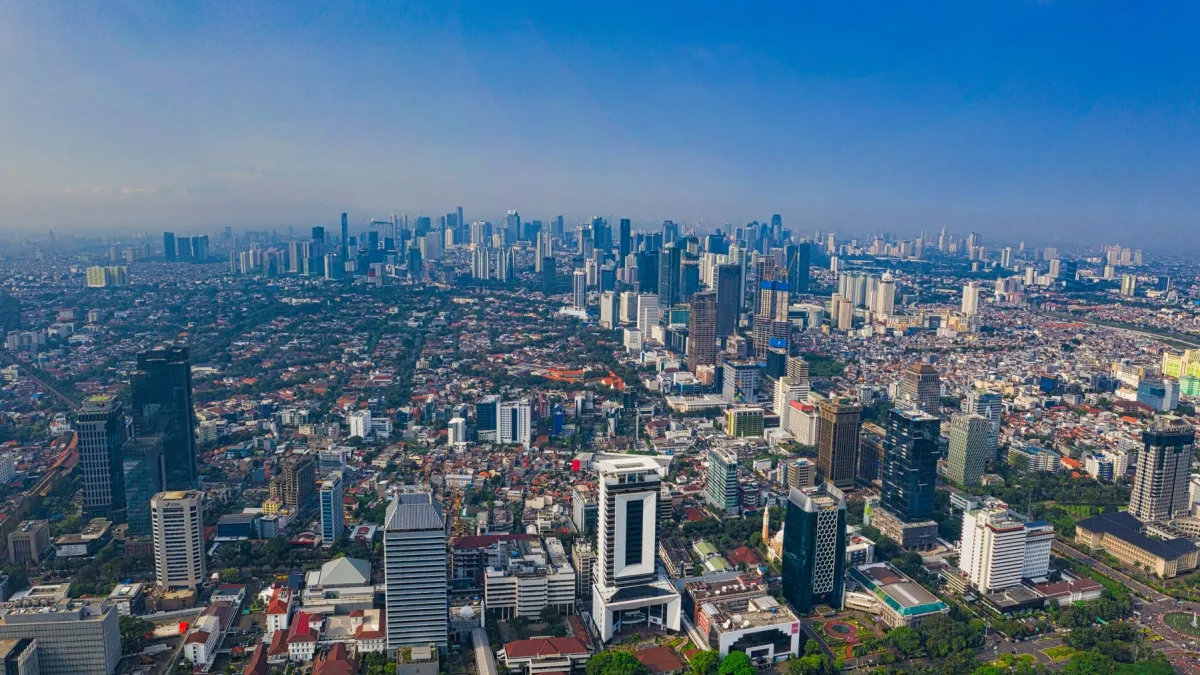
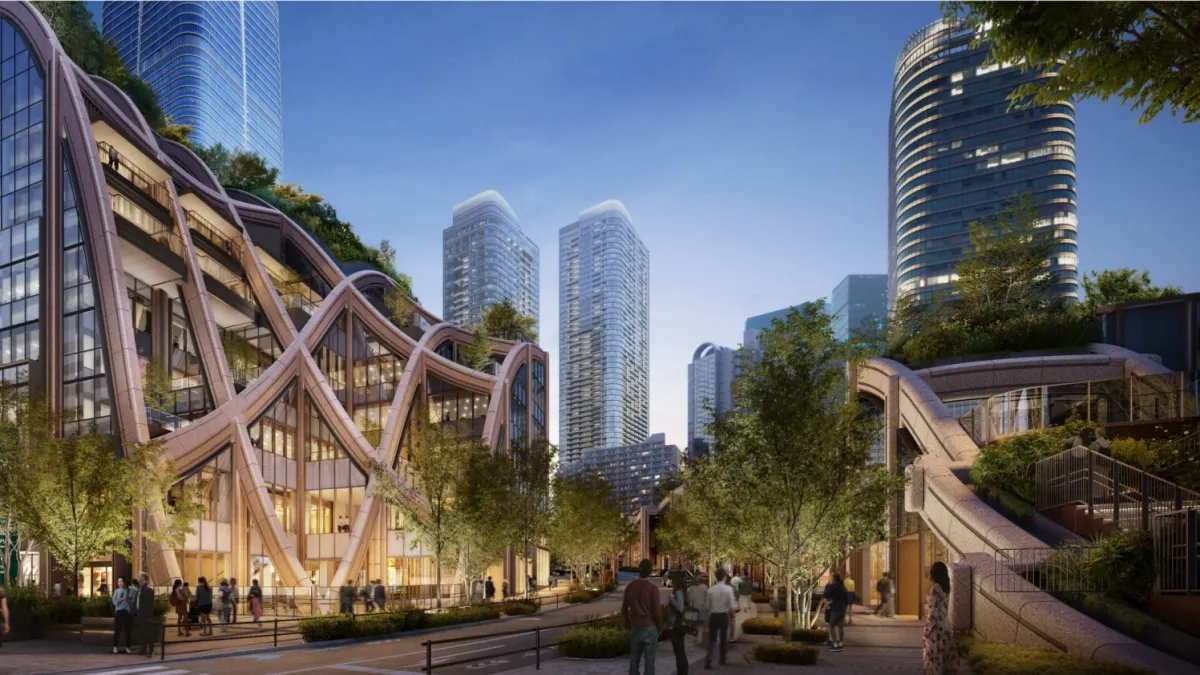
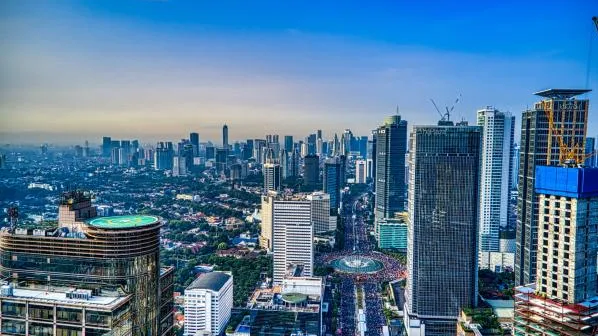


 Advertise
Advertise

